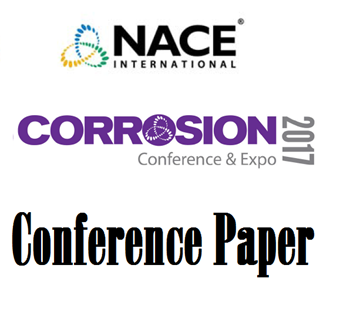Search
Products tagged with 'inhibitor'
View as
Sort by
Display
per page
Corrosion Inhibitors In O&G Industry: A Review Of Current Application Challenges And Research Gaps
Product Number:
51322-17794-SG
Publication Date:
2022
$20.00
Corrosion Of Gathering Pipelines In Oil And Gas Field And Its Mitigation Measures In China
Product Number:
51322-17741-SG
Publication Date:
2022
$20.00
Development of a Gas-Phase Corrosion Inhibitor for Wet-Gas Carbon Dioxide Corrosion at 200°C
Product Number:
51323-18829-SG
Publication Date:
2023
$20.00
Oligomeric Type Inhibitors Meeting a BroadSpectrum of Oilfield Corrosion Challenges
Product Number:
MECC23-19970-SG
Publication Date:
2023
$20.00
The Interaction of Quaternary Ammonium Compounds based Corrosion Inhibitor with Carbon Steel in CO2 Saturated NaCl Solution
Product Number:
51323-19515-SG
Publication Date:
2023
$20.00






